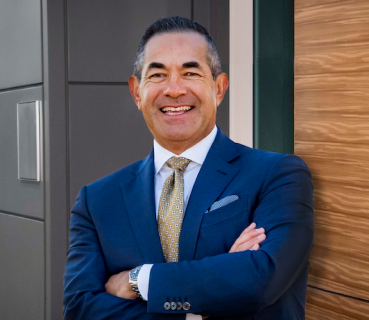Relevant Contents
Need Tailored Business Continuity Insights?
Contact Us Now for Personalized Guidance!
Building an effective Business Continuity Plan can take a great deal of time and resources, but disaster can strike at any time, including when a company is still in the process of building it. Until the primary disaster plan comes together, there are 11 steps to take immediately in order to provide initial protection. These steps can make a company noticeably more prepared. An Interim Plan notebook should be created to organize information and should contain the following:
- Access to People – Organization charts to show who is assigned what areas of responsibilities and contact information.
- Access to the Facility – A set of keys should be available to every door, cabinet, and closet that holds equipment you support, maintained in a secure area.
- Service Contracts – Name, address, telephone number, contact name, serial numbers of equipment on the contract, contract number, and expiration date.
- Vendor List – List of companies where you have accounts set up for buying emergency supplies.
- Walk-Around Asset Inventory – Necessary to properly build a plan. What assets may be needed to recover or restore to service right away?
- Software Asset List – What software are you protecting, insuring against loss, and supporting?
- Critical Business Functions – What are the business functions that need to be protected and kept running with minimal disruptions?
- Operations Restoration Priorities – What must be fixed first and in what order should the firm restore functions to service?
- Toxic Material Storage – Locations of toxic material anywhere on company grounds.
- Emergency Equipment List – Where are the equipment and materials needed to help clean up a mess?
- Trained First Responders – Are there any volunteer firefighters or EMTs on staff? Does anyone have critical skills that can be used in a crisis until emergency crews arrive?

Michael Herrera
Michael Herrera is the Chief Executive Officer (CEO) of MHA. In his role, Michael provides global leadership to the entire set of industry practices and horizontal capabilities within MHA. Under his leadership, MHA has become a leading provider of Business Continuity and Disaster Recovery services to organizations on a global level. He is also the founder of BCMMETRICS, a leading cloud based tool designed to assess business continuity compliance and residual risk. Michael is a well-known and sought after speaker on Business Continuity issues at local and national contingency planner chapter meetings and conferences. Prior to founding MHA, he was a Regional VP for Bank of America, where he was responsible for Business Continuity across the southwest region.


